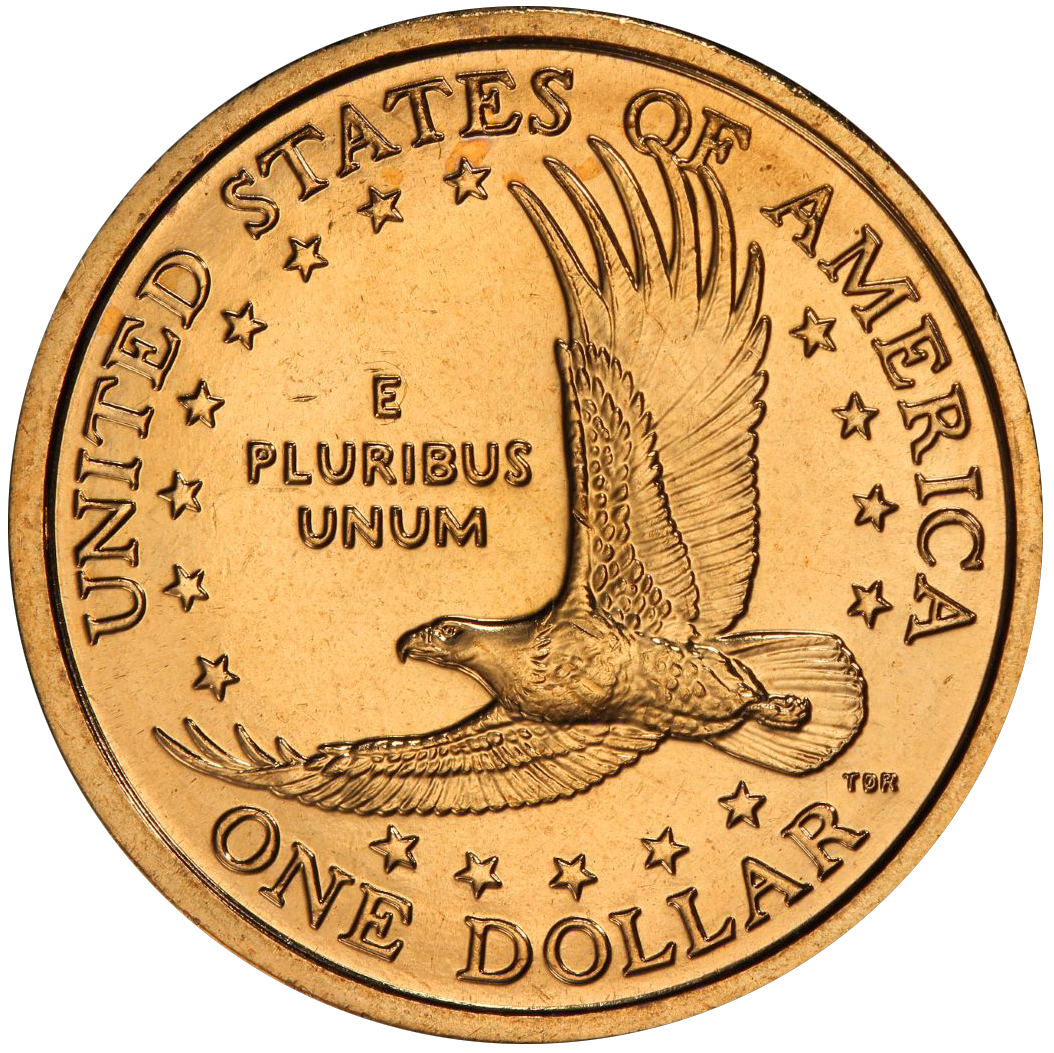2000 Dollar Coin
The Sacagawea dollar (also known as the 'golden dollar') is a United States dollar coin first minted in 2000, although not minted for general circulation between 2002 to 2008 and again from 2012 onward due to its general unpopularity with the public and low business demand for the coin. Value of 2000-D $1 Sacagawea Gold Dollar Coin. Just over a half billion 2000-D Sacagawea coins were minted. This was of course the first year the Denver Mint issued this series. With a mintage that high, there is really not much of a chance for these coins to be rare.
- Most Valuable Sacagawea Dollar
- 2000 Dollar Coin Misprint
- 2000 Dollar Coin Error
- 2000 P Sacagawea Dollar Error
The history & value of the Sacagawea golden dollar minted in the year 2000. Between 1804 and 1806, Sacagawea traveled thousands of miles from North Dakota to the Pacific Ocean.
Sacagawea or Sacajawea was the Shoshone Indian woman who guided and helped Lewis and Clark in their exploration to the Western United States.
The following are the suggested spellings of Sacagawea:

Meriwether Lewis spelled it as Sahkahgarwea, Sahcahgagwea, Sarcargahwea and Sahcahgahweah; while Clark spelled it as Sahcahgahwea, Sahcahgarweah, Sahcargarweah, and Sahcahgar Wea.
The existence of the Sacajawea coin

The Sacagawea dollar was conceived to replace the unpopular and ill-fated Susan B. Anthony coin which was confused with the quarters because of their similarity in size, reeded edge, and indistinguishable color.
As a result, the Anthony dollar production was suspended and a new coin was produced that has different edge and a new metallic composition. However, it has the same size, weight, and diameter as with the previous mini-dollar coin.
Physical composition of Sacagawea coin
The Sacagawea dollar coin features distinctive qualities including: a golden color, extra-wide border, smooth edge like the nickels. It weighs 8.1 grams. Has a thickness of 2 mm, and has a diameter of 26.5 mm. The Sacagawea coin is a three-layer clad metal composed of pure copper core and two outer layers of 77 percent copper, 12 percent zinc, 7 percent manganese, and 4 percent nickel.
How a Sacagawea golden dollar looks like
The golden dollar’s obverse or heads featured the portrait of Sacagawea, the Shoshone Native American woman. The coin showed Sacagawea carrying her infant son, Jean Baptiste on her back.
Glenna Goodacre designed the obverse of the coin. She depicted Sacagawea with large, dark eyes as the Shoshone legends described her. Goodacre’s principal model for the coin was a college female student, Randy’L He-dow Teton.
The reverse of the coin featured a soaring eagle encircled by 17 stars and was designed by Thomas D. Rogers Sr. The eagle represented peace and freedom.
The seventeen stars appearing around the eagle embodied each State at the time of the Lewis and Clark expedition.
Numismatists dubbed the Sacagawea coin as the “golden dollar” because of its unique golden color. It has a smooth edge unlike the grooved Susan B. Anthony dollar. It also has a wider border than any other U.S. circulating coins.
The use of golden color was to ensure that the Sacajawea coin can easily be distinguished from other American coins.
Sacagawea dollar mintmarks
Most Valuable Sacagawea Dollar
Sacagawea coins were the first Indian American dollar coin of the new millennium. The two branches of the U.S. Mint, the Philadelphia (P mintmark) and Denver (D mintmark) produced the Sacajawea coins. On the other hand, the proof Sacajawea coins with “S” mintmarks were made at the San Francisco mint.

2000 Dollar Coin Misprint
Sacagawea proof sets
2000 Dollar Coin Error
Proof sets of Sacagawea golden dollars were sold at a premium by the U. S. Mint.
The Sacagawea error coins
Like the Statehood quarters, Sacagawea dollars have started turning up with major minting mistakes.
The following are the Sacagawea error coin values:
A 2000-P Sacagawea dollar or Type l (no rim) planchet which is literally blank is worth $500.
Another 2000-P Sacagawea dollar struck with 30 percent off center usually costs $3,500.
A 2000-P dollar struck 25 percent off center on a 30 percent straight off clip is worth $1,750.
A 30 percent clipped planchet of a 2000-P Sacagawea dollar costs $300.
2000-P Sacagawea dollar struck on an aluminum is worth $9000 or more.
2000 P Sacagawea Dollar Error
Lastly, the Sacagawea dollar “mule” double denomination error costs $75,000. The first double denomination mule error of U.S. Mint was a Washington quarter on the obverse and a Sacagawea dollar on the reverse.